It’s a golden gateway to goodness, a road-tripping rockstar, unlocking so many world-class outdoorsy adventures. Mike Yardley takes a drive on the Wānaka Mt Aspiring Road.
Over the course of several days under balmy autumn skies, the Wānaka Mt Aspiring Road fast became my very familiar friend. It’s like a golden gateway to a veritable playground of outdoorsy experiences, studded with jaw-dropping scenery, stirring trails, while also prising open one of our greatest alpine national parks. Heading out from the perky tourist town and passing by the plump grapes awaiting harvest at Rippon Vineyard, the alluring embrace of Glendhu Bay soon shuffled into view. Is this Wānaka’s most scenic bay? It would have to be a top contender.
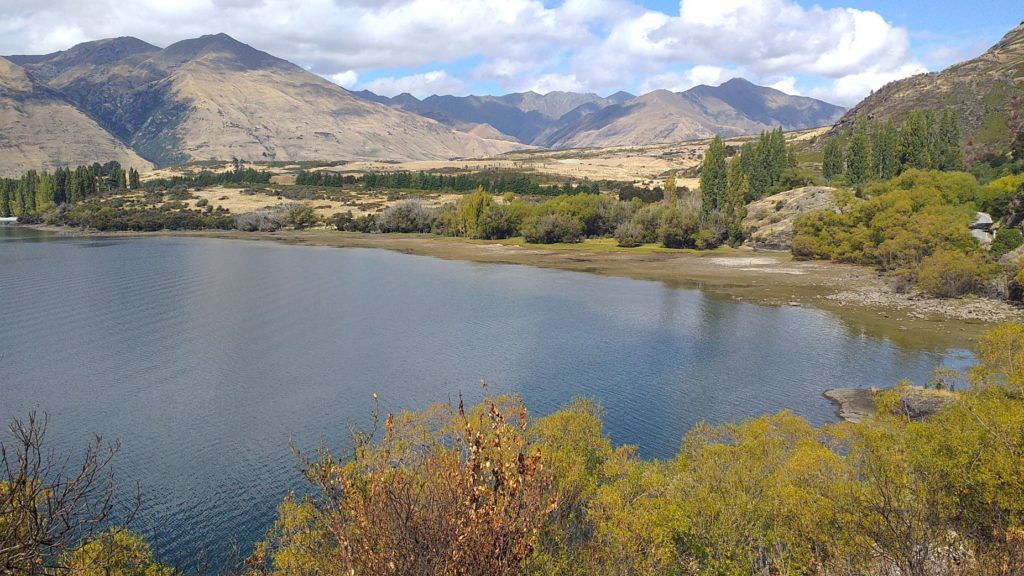
Tucked away on the west side of Lake Wānaka and only a 10-minute drive from the town centre, Glendhu Bay not only boasts some of the area’s most serene views, and an epic campground in a dream location, but it’s a striking reminder of how Wānaka felt 30 years ago, before the tourist town captured the world’s imagination. A lazy, unruffled, laidback innocence endures at Glendhu Bay. If you’re up for some two-wheeled frolics, the bay is home to Bike Glendhu, Wānaka’s newest bike park, offering over 30km of trails. There’s also the Millennium Track, a superb option if you’re looking for a head-clearing lakeside blast, connecting Glendhu with Wānaka’s CBD, on the 10k route.
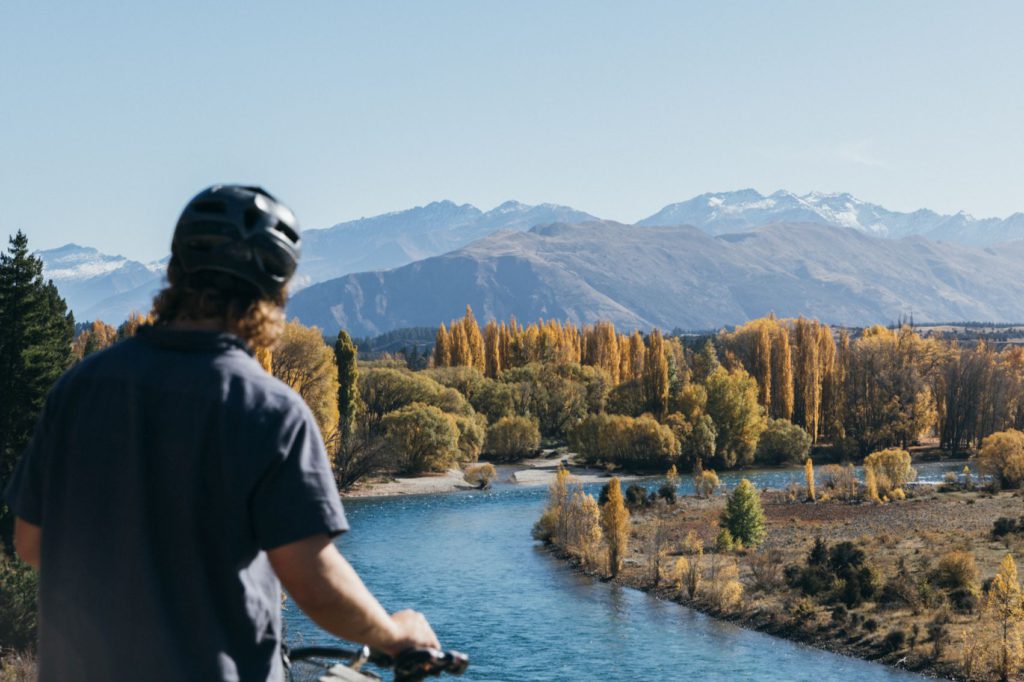
A short hop down the road, tootling past the lowering bluffs towering above the lake, make tracks for the turnoff to Diamond Lake and Rocky Mountain. After parking up, a short 10 minute walk leads to the western shore of this little princess of a lake. Its deep blue surface possesses stupendous reflective power, backdropped by high schist cliffs. Go early in the morning to see it at its mirror best.
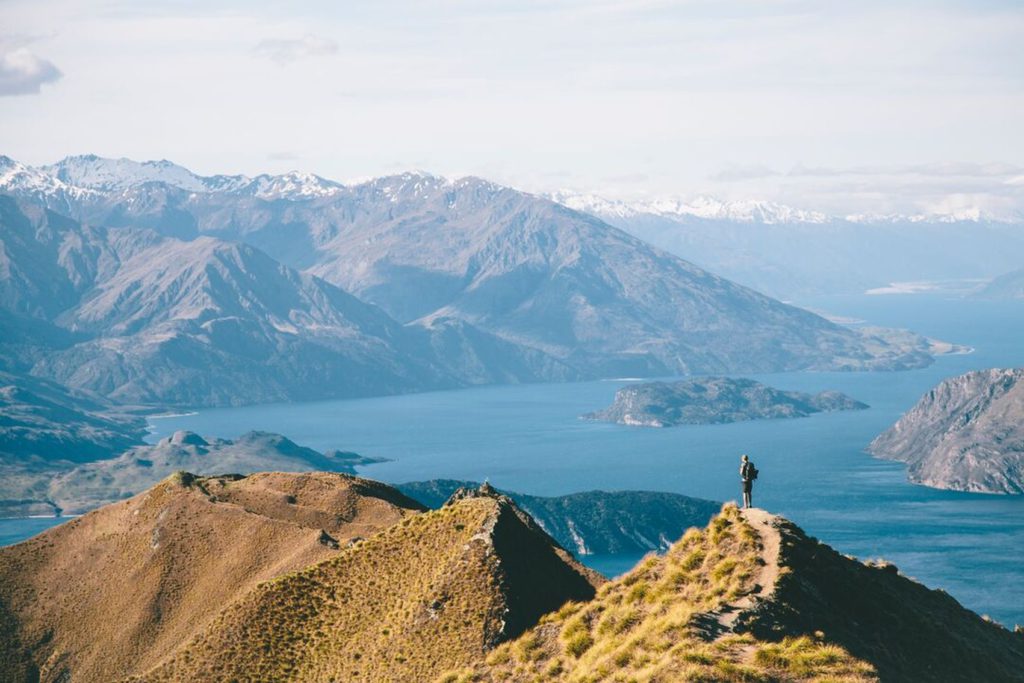
For many visitors, conquering Wānaka’s iconic spire, Roy’s Peak is an obligatory assignment. This heavily-trafficked hike is a gut-busting 6 hour classic, hauling you up over 1500 metres above sea level, with a sweeping panorama over Lake Wānaka. In contrast, the Diamond Lake track is far less trampled scenic thriller.
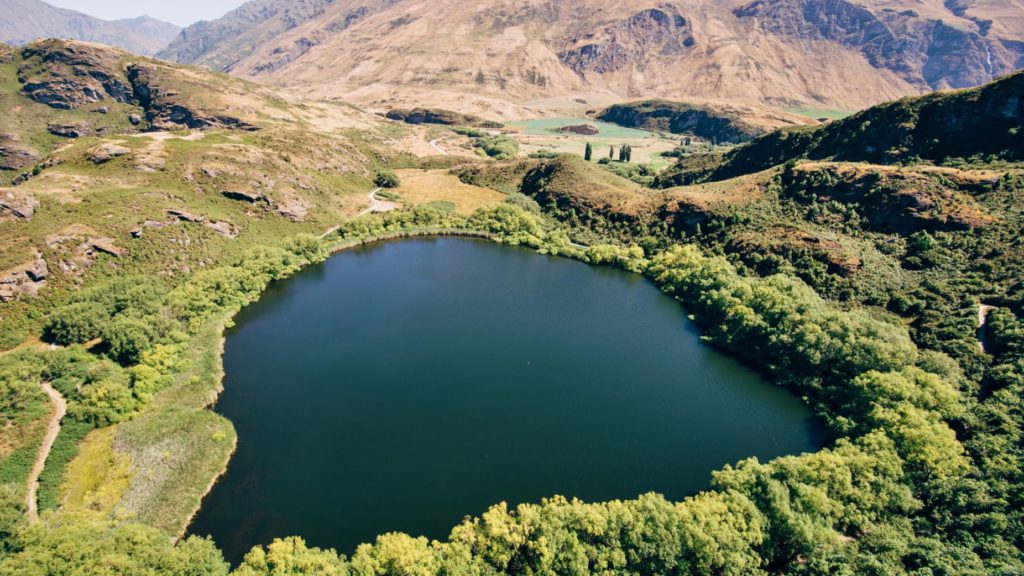
Once you reach the lake, you can opt to do the 45-minute circuit walk, lassoed around the lake. But keep going to the Diamond Lake Lookout, which leads you up bush-cloaked bluffs to the most ravishing perch above the jewel-like body of blue. It’s a one hour return trail. From the lookout, channel your inner-mountain goat and climb even higher on the Rocky Mountain Track, with a stunning viewpoint.
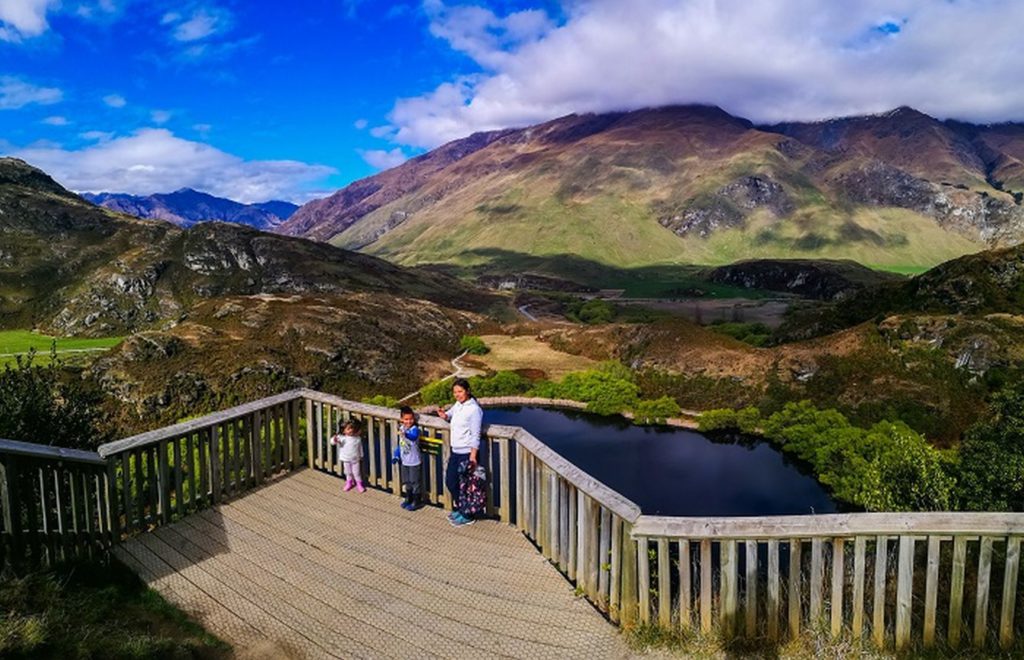
From there, trudge even higher to the apex view fit for the gods, gazing over the Matukituki Valley, Mt Aspiring and the vast expanse of Lake Wānaka. Rocky Mountain is a classic example of a “roche moutonnee” (fleecy rock), within this glacier-scoured landscape. I steadily got drunk taking in such extraordinary, elevated views. All up, this three hour return hike is a blockbuster.
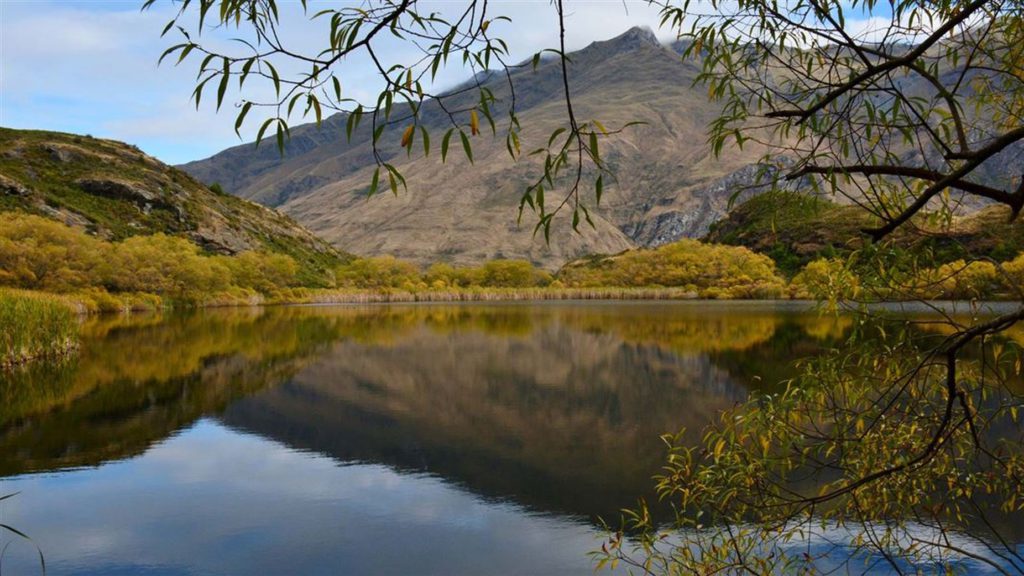
Back on Mt Aspiring Road, you are in rock-climbing nirvana. The rugged, schist-strewn mountainside of Hospital Flat boasts the highest number of rock climbs in the country, with dozens of dedicated routes. From a distance, it’s remarkable watching the hordes of human ants navigating their way on the cliffs and boulder landforms in these parts.
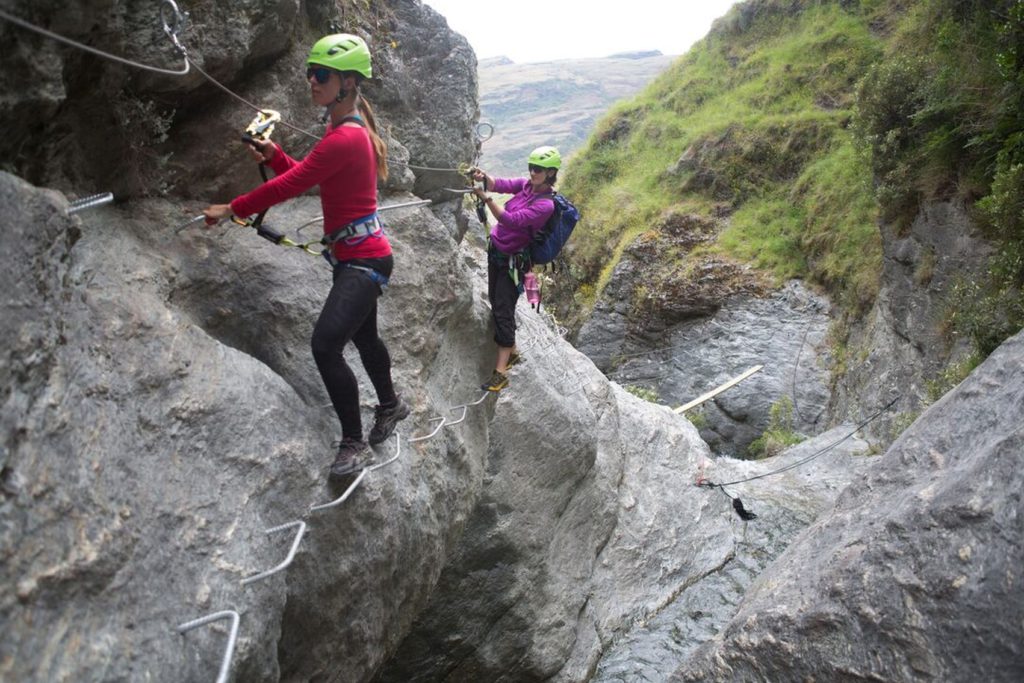
The area is also home to Wildwire Wanaka, crowned by the world’s highest waterfall cable climb. You can choose from 1 of our 3 climbs: For a great introduction, the easiest climb “Go Wild” starts at the base of the waterfall and follow the lower canyon for approximately 1 hour to finish at a 60m waterfall. To step it up, there’s the Intermediate climb “Wild Thing” – offering a bit more adventure, height and air under your feet. To climb the entire waterfall – you’ll need to be an advanced climber to conquer “Lord of the Rungs” which completes the highest waterfall cable climb in the world and includes a return via helicopter. Wildly popular with international tourists pre-Covid, if it al sounds a bit terrifying to you, the good thing is you’ll be climbing “Via Ferrata” style. T

Translating as “iron path,” the entire operation is super-safe, whereby climbers attach themselves to a cable that is fixed to the rock along the route, and you navigate your way along a series of metal rungs, pegs and ladders. Via ferrata climbing routes such as these have been used for centuries in Europe. In WWI they were used to help transport troops across steep mountain ranges. They have continued to see use around the world to ease travel in rocky mountainous regions, particularly for recreation purposes. Check out their full range of options and pack your sense of adventure! www.wildwire.co.nz
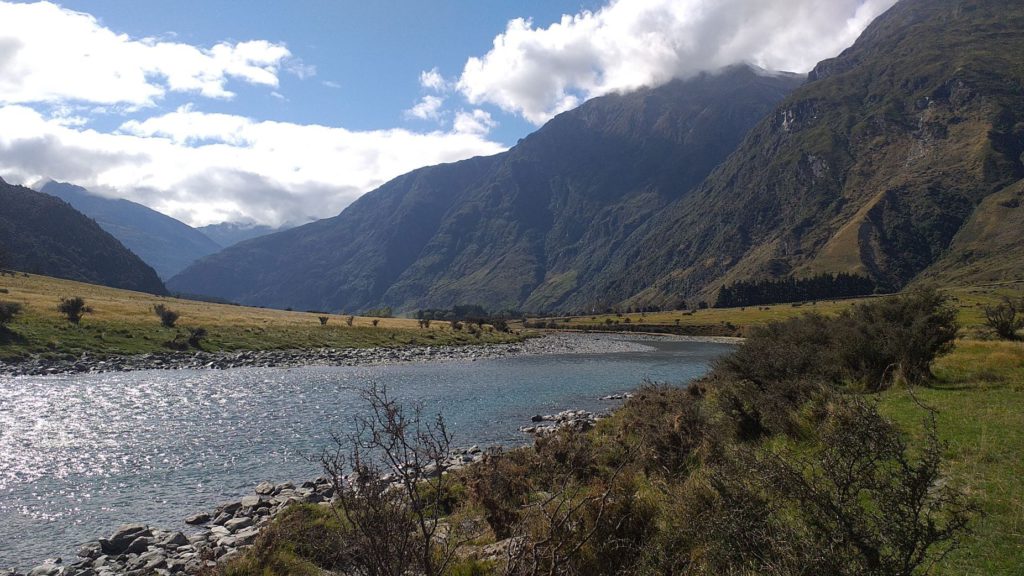
Heading further down Mt Aspiring Road, passing the turnoff to Treble Cone, the sealed road ends and the gravel surface accentuates the sense of woolly alpine wilderness that characterises the Matukituki Valley and Mt. Aspiring National Park. The final 10km of the road from Cameron Flat entails navigating a series of fords and streams, but you can check ahead with the DOC office if there’s been heavy rain, to ensure they’re still passable.

(On my recent visit, they were no problems at all.) The 77-metre tall Wishbone Falls adorns the entrance to the Mt Aspiring National Park. Even though it can be seen from the road, take the short stroll to get closer to its majesty. At the base of the falls, the swimming hole is a very popular in-the-know swimming spot among locals.
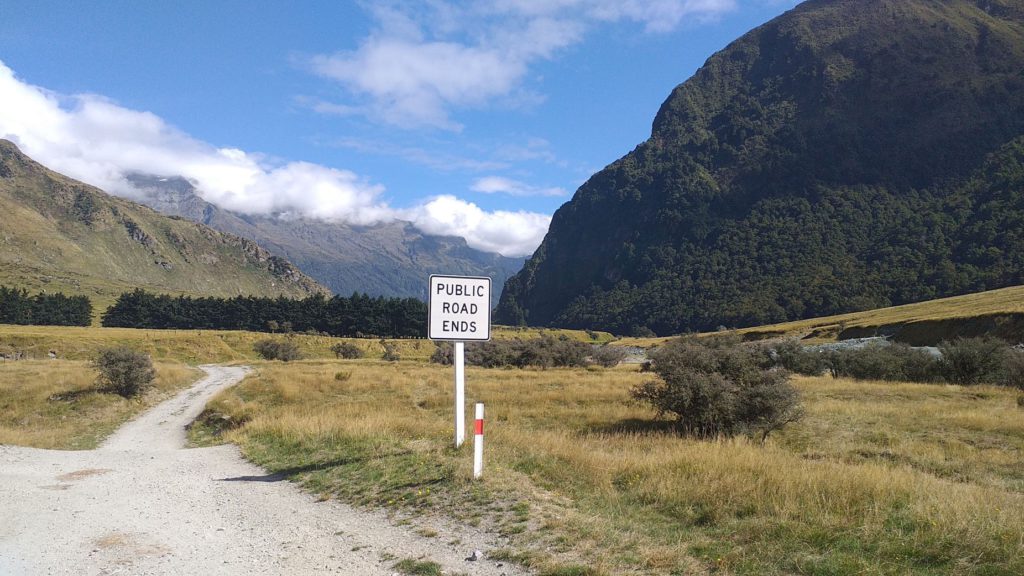
I headed further up the road, admiring an evocative Matukituki River swingbridge, before pulling up at Raspberry Creek carpark. My assignment was to knock off the four hour return Rob Roy Glacier walk. The national park is home to 100 permanent glaciers and Rob Roy Glacier is a cracking specimen. Under the blazing autumn sun, some cooler climes loomed as a therapeutic prospect and I had come prepared with plenty of layers, like a perky cub-scout. I gazed down at the river’s milky green waters frothing and churning, cascading over giant boulders.
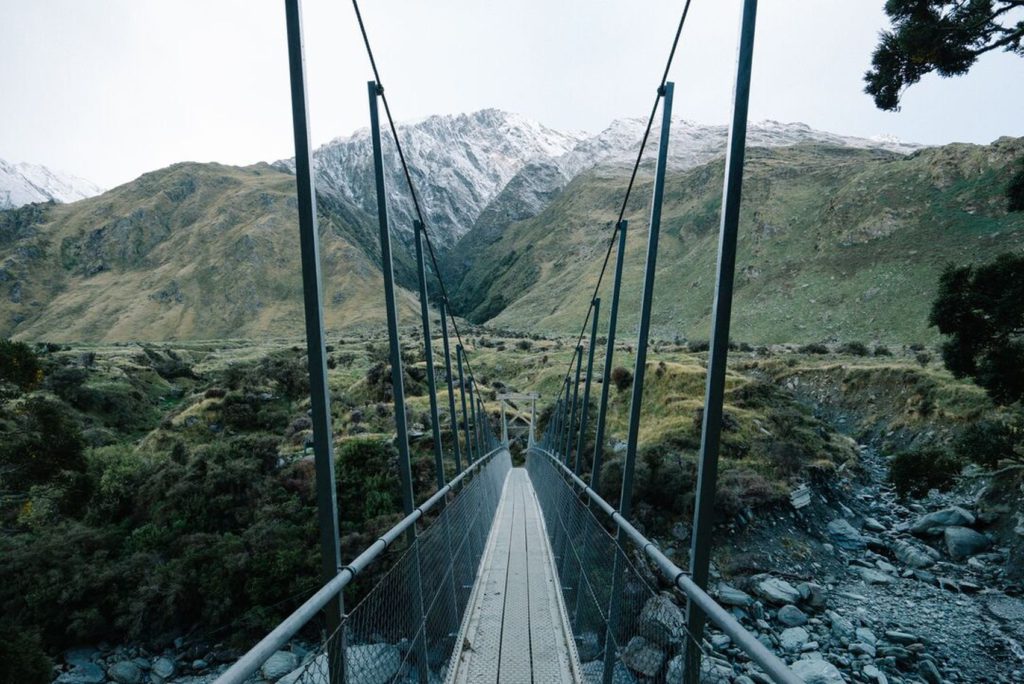
This delightful mountain walk begins on open river flats up the West Matukituki Valley, before crossing a large suspension bridge. I then strolled through the cool of the beech forest in the lower Rob Roy Valley, marvelling over the luxurious understorey of ferns and soft green mosses – an expression of just how pure the air is here. You’ll climb briefly to open subalpine herbfields, where cheeky, chirpy kea were out in force. The route heads up a cleft in the canyon wall carved by Rob Roy Stream, which thunders in the bottom of the gorge, frothing and churning and cascading over giant boulders.
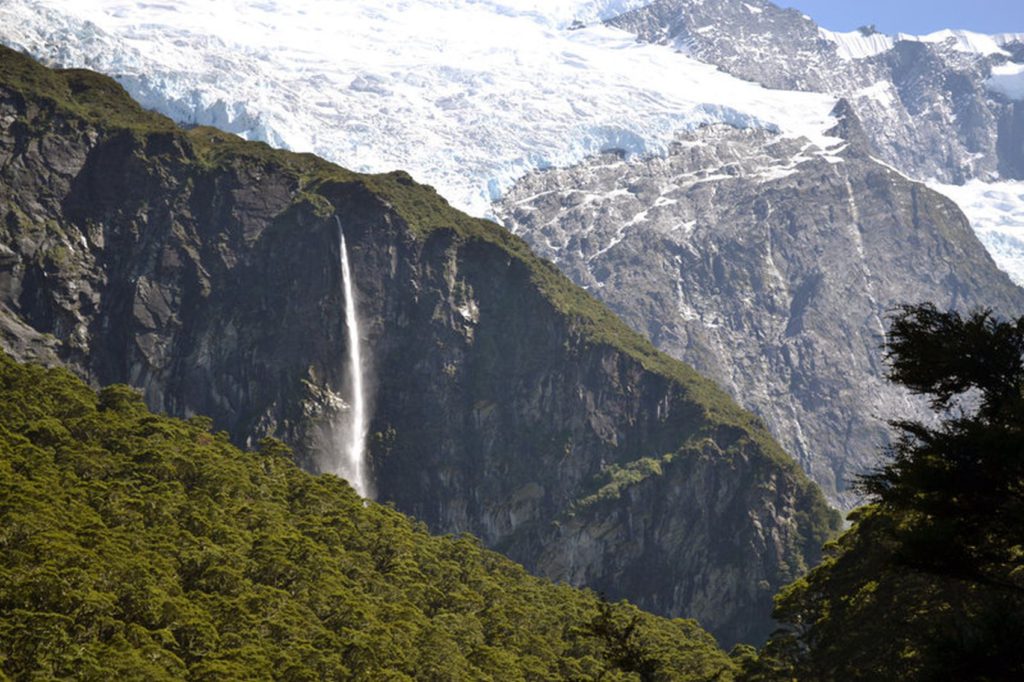
At the signed lower viewpoint, there are awesome views of Bridal Veil Falls, which has an impressive uninterrupted drop of 261 meters from the base of the glacier above. This is only a taste of what is to come, and you’ll definitely want to continue on another 30 minutes to the upper viewpoint, which is nothing short of awesome. Countless waterfalls tumble from the Rob Roy Glacier, craggy mountains are on all sides, and wildflowers fill the meadows. It is worth lingering here to take in the epic scenery before turning around and heading back the way you came.
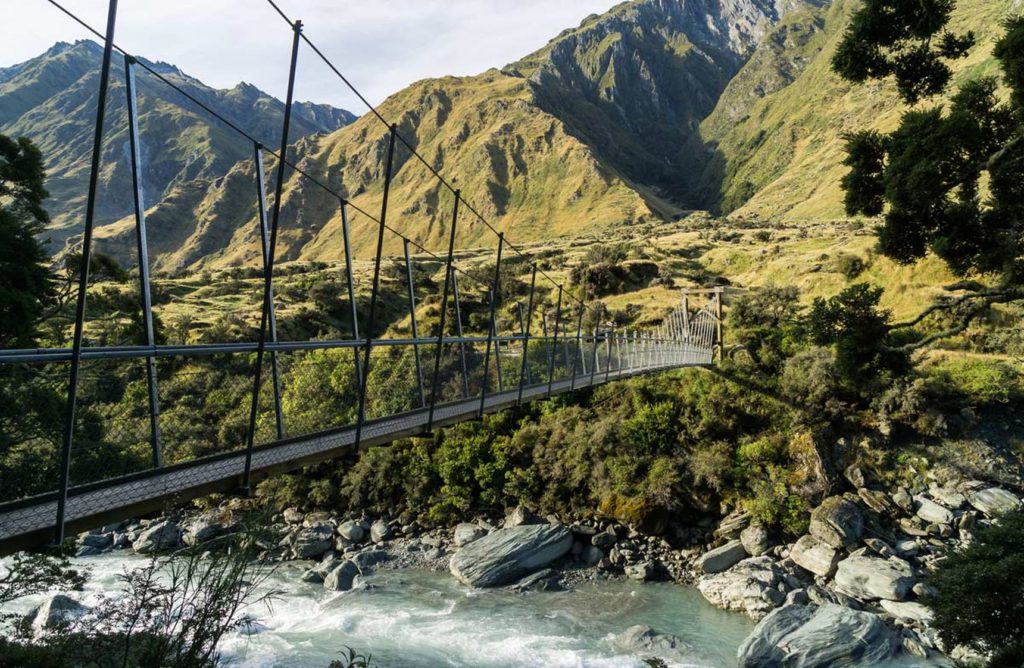
Sparkling in the sunshine, this a gorgeous hanging glacier festooning Rob Roy Peak, tenaciously clinging to the mountain walls, sporadically calving big blocks of ice in spectacular, noisy fashion. It has not receded as markedly as the West Coast glaciers. It streams down from Rob Roy Peak to a bench above the valley where it breaks up above a cliff in dramatic fashion. The “Rob Roy” in question is the Scottish hero Rob Roy MacGregor.
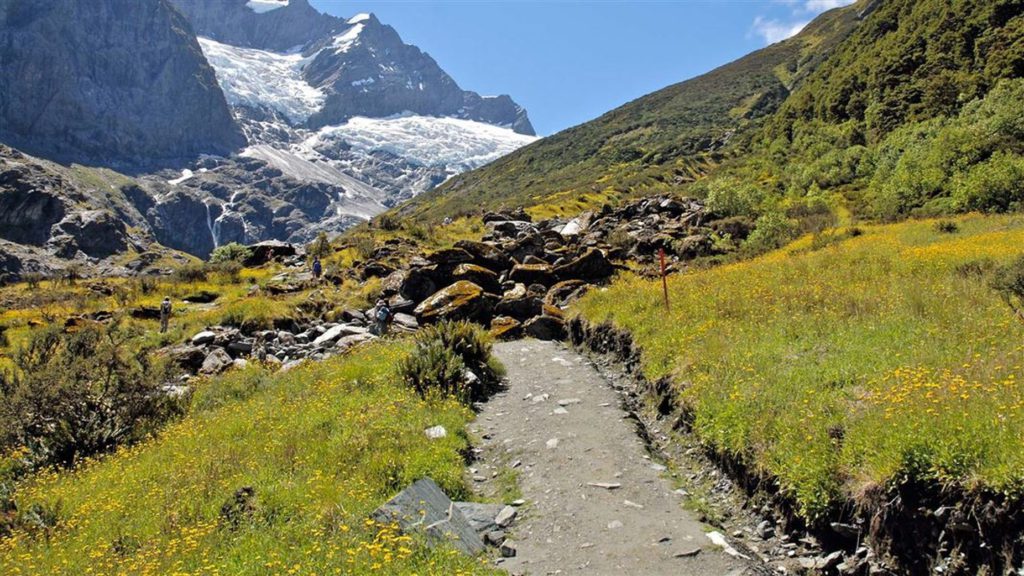
The first Europeans to settle around here in the 1870s bestowed the name on the peak. So richly blessed in untouched scenic grandeur, it fast becomes self-explanatory why the Rob Roy Track is widely considered one of New Zealand’s absolute best half-day hikes. With a 500 metre elevation, it is certainly not an arduous hike. If you consider yourself reasonably fit, you’ll manage it with gusto and ease.
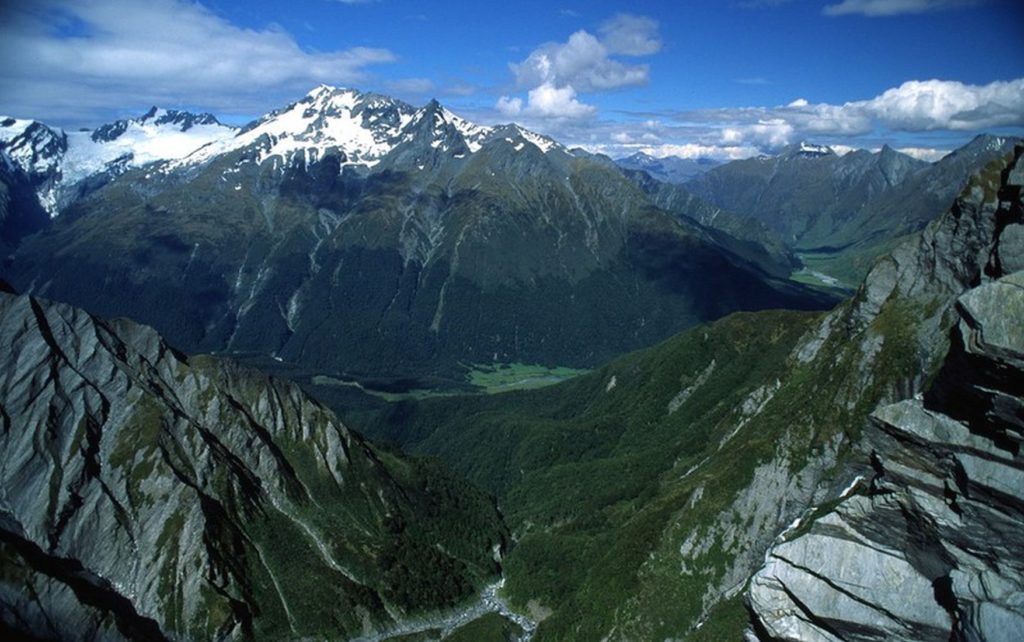
Deep in the Matukituki Valley, the sublime views and vantage points to admire of Mt Aspiring is the gift that keeps on giving. Māori named it Tititea, beautifully translating as ‘steep peak of glistening white’. Throughout the year, Māori travelled from Foveaux Strait and Coastal Otago to the inland lakes and Matukituki River to collect kākāpō, kākā, kererū and tūī from the forest. For the first 200 years of Māori settlement, there would also have been moa along the forest edges. Imagine that today!
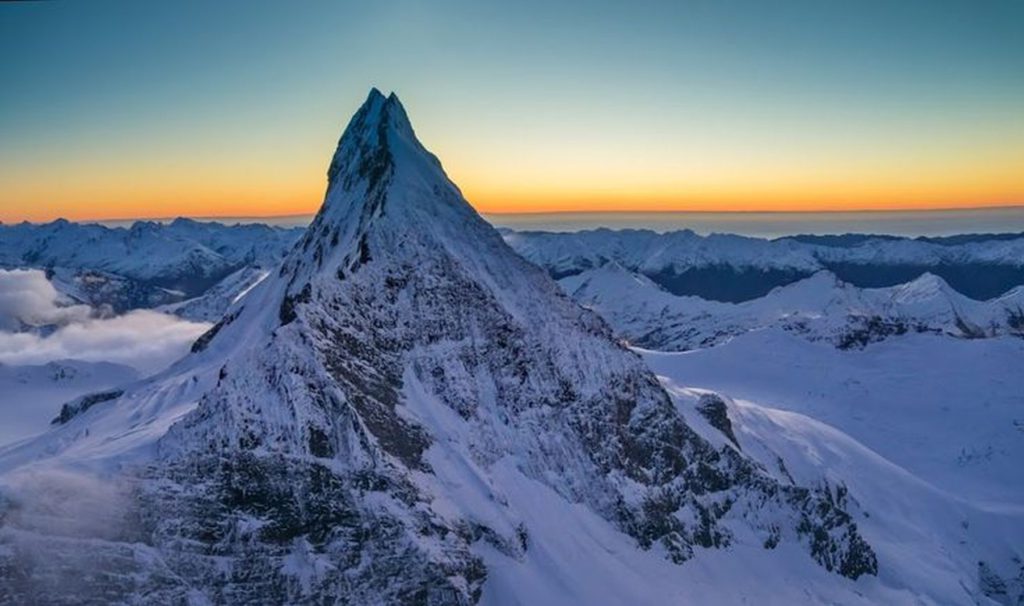
As our highest and most glaciated mountain outside the Aoraki/Mt Cook region, Mt Aspiring’s photogenic good looks are irresistible. She soars skyward in a shape reminiscent of one of my all-time favourite mountains, Switzerland’s legendary Matterhorn, carved into a four-sided pyramid by ancient glaciers.
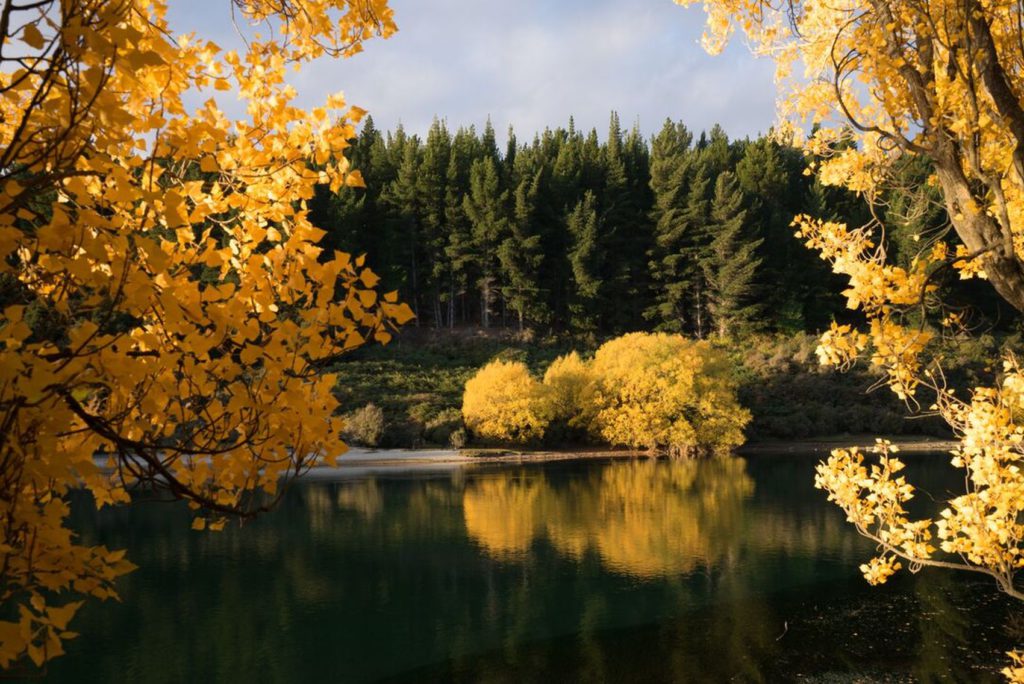
Autumn is Wānaka is absolutely uplifting. Crisp air, incredible colours and the ideal temperature for some hearty adventures. Hit the trails by bike or on foot, there’s canyoning and rock climbing to size up, glaciers to gaze at and family frolics aplenty, plus an epic food and drink scene pulsing all over town. Escape to play in Wānaka. https://www.lakewanaka.co.nz/

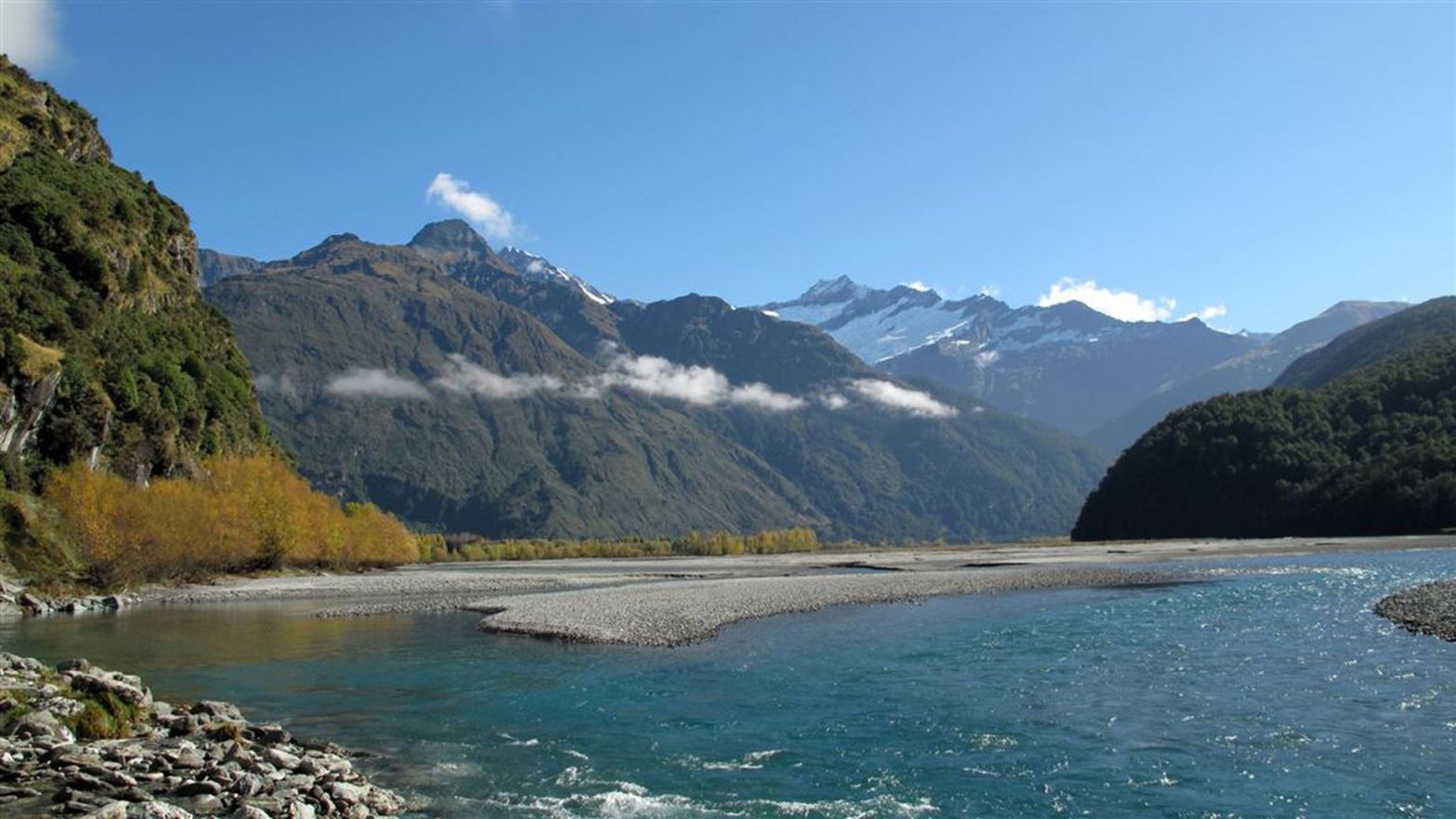

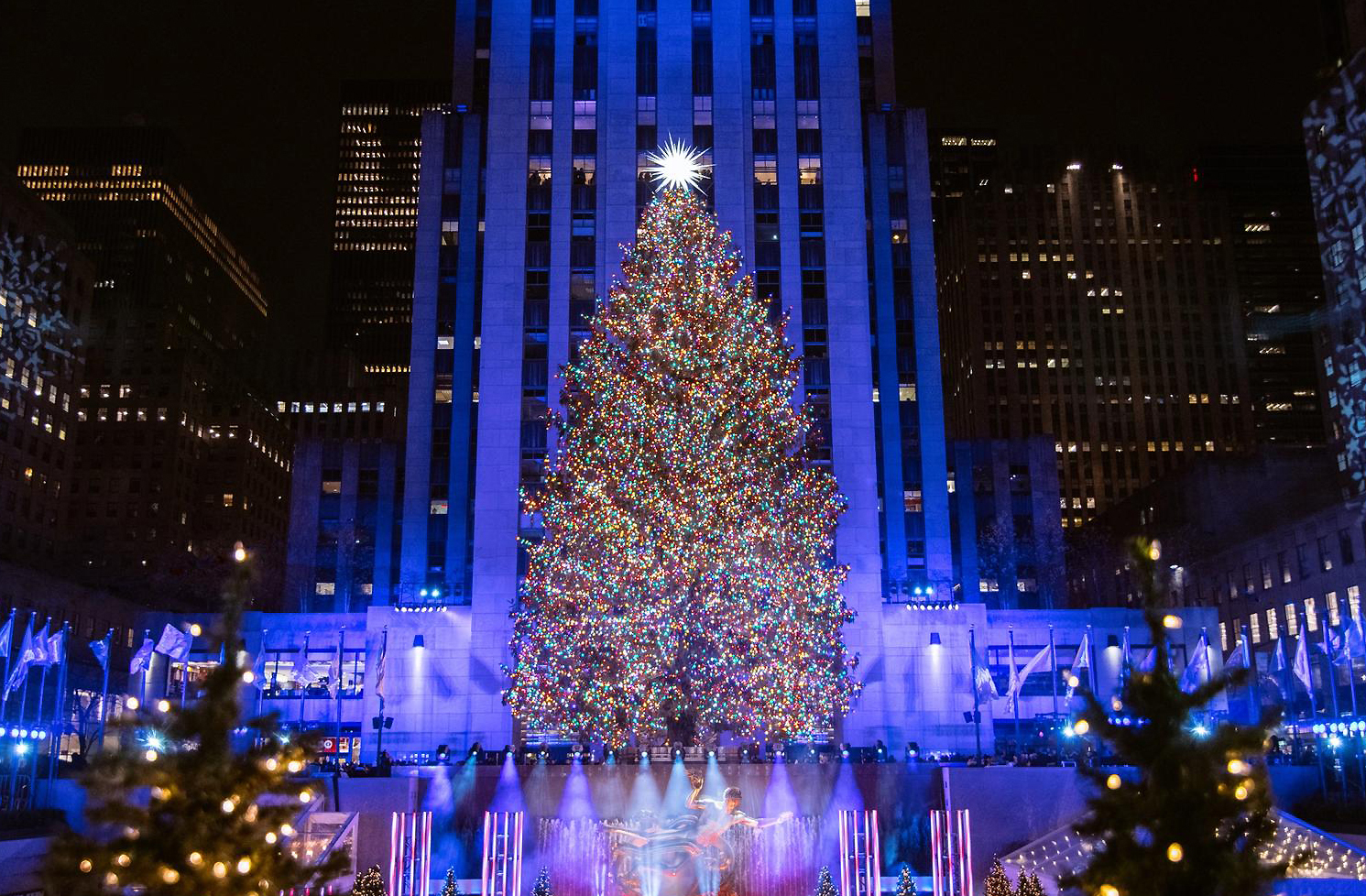


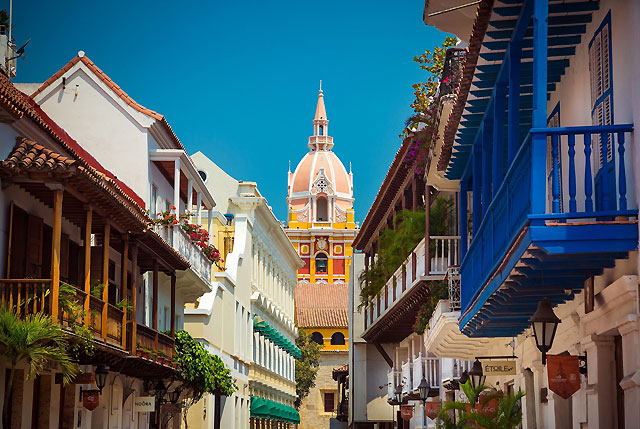
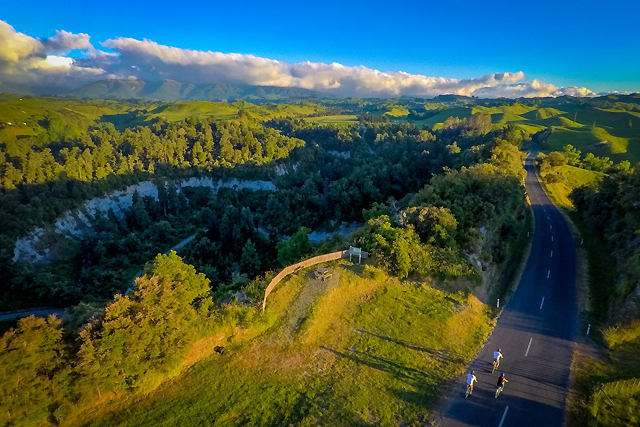





Recent Comments